
|
|
|
| synonym |
|
| description |
A boldly marked species ranging in color from red, orange or brown with three prominent red and black bands. The band going across the middle of the wings, which curves downward on each side toward the tips, is typically bicolored: the anterior part is dark brown to black, while the rest is red, characteristic of this species. In some individuals though almost the entire median band is red (see above), lacking the blackish anterior border. The band is bordered by a large black mark on the costal margin of each wing. The pronotum is dark brown to black, contrasting sharply with the pale, yellowish scutellum; this is a key characteristic of this species. The third band crosses the tips of the wings and is mostly blackish brown, with some red markings on the anterior side. Depending on the age of the individual, the vittae (stripes) on the wings can vary in color from yellow to red. The vertex has parallel orange submedial lines, often with lateral branches, and a pale midline in between. The face and underside of the thorax are entirely pale. Adults are 2.8 to 3.2 mm long. (Dmitriev & Dietrich, 2007)
For more images of this species, see: BG. |
| distribution |
Central and eastern United States (3I) |
| abundance |
Recorded from several counties in the state, uncommon; likely more abundant across the state in the right habitat. |
| seasonal_occurrence | |
| habitat |
Has been found in mixed hardwood forest habitat. |
| plant associates |
Primarily Ilex decidua, but also Vitis sp., Ulmus alata, and Cercis canadensis (3I) |
| behavior |
Can be attracted at night with a light. |
| comments |
E. integra is similar in appearance to E. tricincta and E. calycula but has a pale scutellum that strongly contrasts with the dark pronotum; see their respective profile pages for more distinguishing characteristics and information on these species. |
status |
[Native:]
[Introduced:]
[Extirpated:] | | list_type |
[Official:]
[Provisional:] |
| adult_id | Unmistakable and widely known Identifiable from good quality photos of unworn specimens
Identifiable from photos showing undersides, or other specialized views [e.g., legs, face]
Identifiable only by close inspection of structural features or by DNA analysis NULL |
| nymph_id | Unmistakable and widely known Identifiable from good quality photos, especially where associated with known host plants
Identifiable from close inspection of specimens or by DNA analysis
Identifiable only through rearing to adulthood NULL |
| G_rank |
|
| S_rank |
|
| rank_comments |
|
| tribe |
Erythroneurini |
| subgenus |
|
Species Photo Gallery for Erythroneura integra No Common Name |
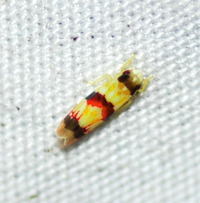 | Photo by: Kyle Kittelberger
Wake Co.
Comment: mixed hardwood forest habitat | 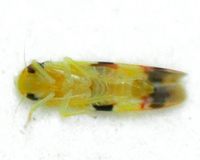 | Photo by: Kyle Kittelberger
Wake Co.
Comment: mixed hardwood forest habitat |
 | Photo by: Kyle Kittelberger
Wake Co.
Comment: mixed hardwood forest habitat | 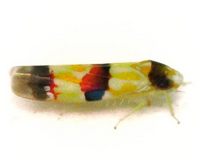 | Photo by: Kyle Kittelberger
Wake Co.
Comment: mixed hardwood forest habitat |
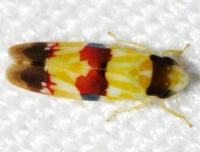 | Photo by: Kyle Kittelberger
Wake Co.
Comment: mixed hardwood forest habitat | 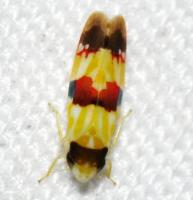 | Photo by: Kyle Kittelberger
Wake Co.
Comment: mixed hardwood forest habitat |
 | Photo by: Randy Emmitt
Orange Co.
Comment: very tint, seen at UV light - unid_leafhopper |  | Photo by: Ken Kneidel
Mecklenburg Co.
Comment: forest and beaver dam edge |
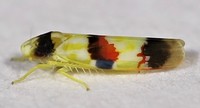 | Photo by: Rob Van Epps
Mecklenburg Co.
Comment: Came to UV light. | 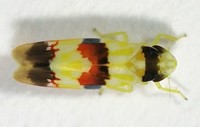 | Photo by: Rob Van Epps
Mecklenburg Co.
Comment: Came to UV light. |
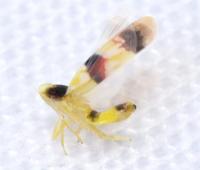 | Photo by: Kyle Kittelberger
Wake Co.
Comment: mixed hardwood forest |

 »
»
 »
»